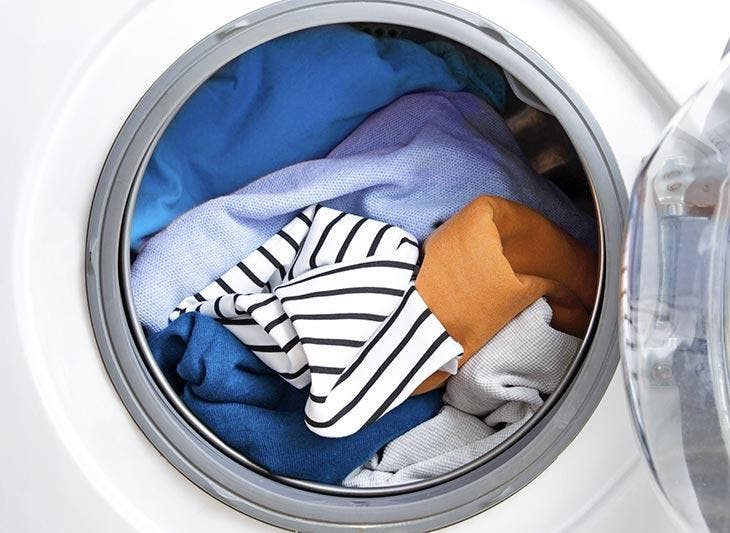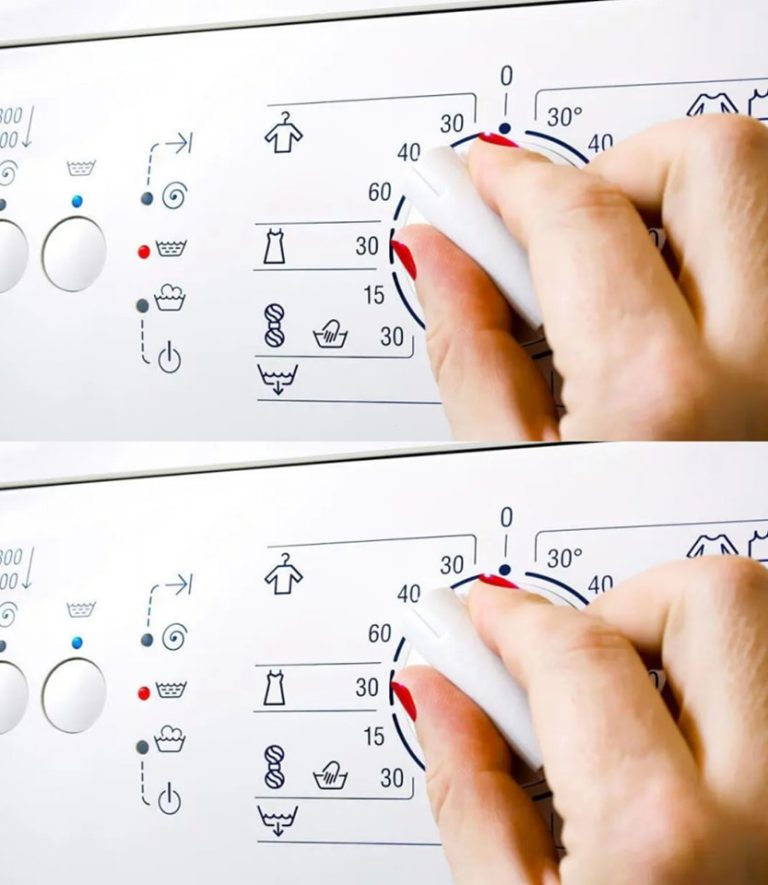ADVERTISEMENT
Can colors be mixed at 30 degrees Celsius?
Yes, you can, but under certain conditions. By choosing the 30°C programme, you can do without the work of sorting the laundry. Of course, taking care to separate your clothes from tea towels, towels and other linen made of robust fabrics, which are generally dirtier and more stained, and which therefore need to be washed at high temperatures, in particular to eliminate bacteria. Furthermore, with low temperature washing, the fibers of the garments are less likely to be damaged, the colors do not fade and do not become dull. They are therefore better preserved. However, you can never be careful enough. For example, washing a white item between colored items, especially if they are new and you are washing them for the first time, is clearly not a good idea.

Which clothes should be washed at 40 degrees Celsius?
As mentioned above, you can wash your everyday clothes made of cotton, wool, linen, etc. at 30°C instead of 40, obtaining the same result in terms of cleaning. However, the 40°C program is sometimes recommended for fabrics in direct contact with the body such as underwear and bath towels.
At what temperature should sheets be washed?
When it comes to washing sheets, the appropriate temperature depends on some important factors, namely:
The material of the sheets: cotton sheets can be washed at higher temperatures, up to 60°C, while more delicate materials such as silk they should be washed at lower temperatures.
Washing frequency: a washing temperature of 40°C is recommended for a weekly washing frequency. This helps maintain the quality of the sheets during washes. However, if you opt for a machine wash every two weeks, the degree of soiling of the sheets and the presence of microbes may require a temperature between 60°C and 90°C, especially for white sheets.
Read also: Remove all limescale from your washing machine by adding a common ingredient

What temperature causes a garment to shrink?
In most cases garments tend to shrink at temperatures above 60°C, but this can vary depending on the fabric and type of fibers used to make them. To ensure you preserve your garments, follow the washing and care instructions on the garment’s label. These may recommend specific washing temperatures and drying methods to avoid shrinkage.
The benefits of lowering the temperature of your washing machine may seem minimal to you, but compared to the number of washes you do per year, the energy and money savings are immediately noticeable, in addition to the satisfaction you will have in doing a good deed for the planet.
Read also: Put a plastic bag in the washing machine and the result will surprise you. You will always do it again
ADVERTISEMENT
